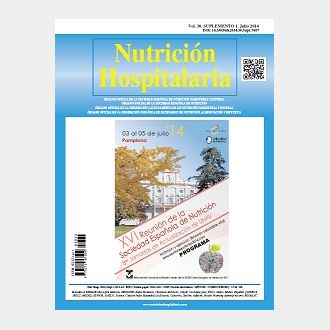A global vision of adverse reactions to foods: food allergy and food intolerance

Over the last years, there has been an increase in adverse food reactions, probably associated with life style changes in the past decades. An adverse food reaction is any clinically abnormal response that can be attributed to ingestion, contact or inhalation of a food, its derivatives or an additive contained in it.
They can be classified as food allergy or intolerance. Food allergies are usually immune-mediated, associated with IgE. Adverse reactions to food have a large clinical and social repercussion, which can be fatal in some cases and impair the quality of life of patients. This implies directly the services of collective catering and food manufacturing, which is why a legislature and regulations were implemented for its correct management.
The most allergenic foods change according to the age group; being the egg the most frequent in children under 5 years, and fresh fruits in the older than 5 years. The most frequent clinical manifestations are cutaneous-mucous type. Food intolerances may be due to a pharmacological, metabolic, mixed or idiosyncratic mechanism. Clinical manifestations are usually dose dependent.
The most common and known food intolerance is lactose, which is a metabolic type. The main treatment of both types of adverse reaction to foods is avoidance of the causal food of the reaction.
Nutr Hosp. 2018 Jun 12;35(Spec No4):102-108
doi: 10.20960/nh.2134.
Ruiz Sánchez JG, Palma Milla S, Pelegrina Cortés B, López Plaza B, Bermejo López LM, Gómez-Candela C.
